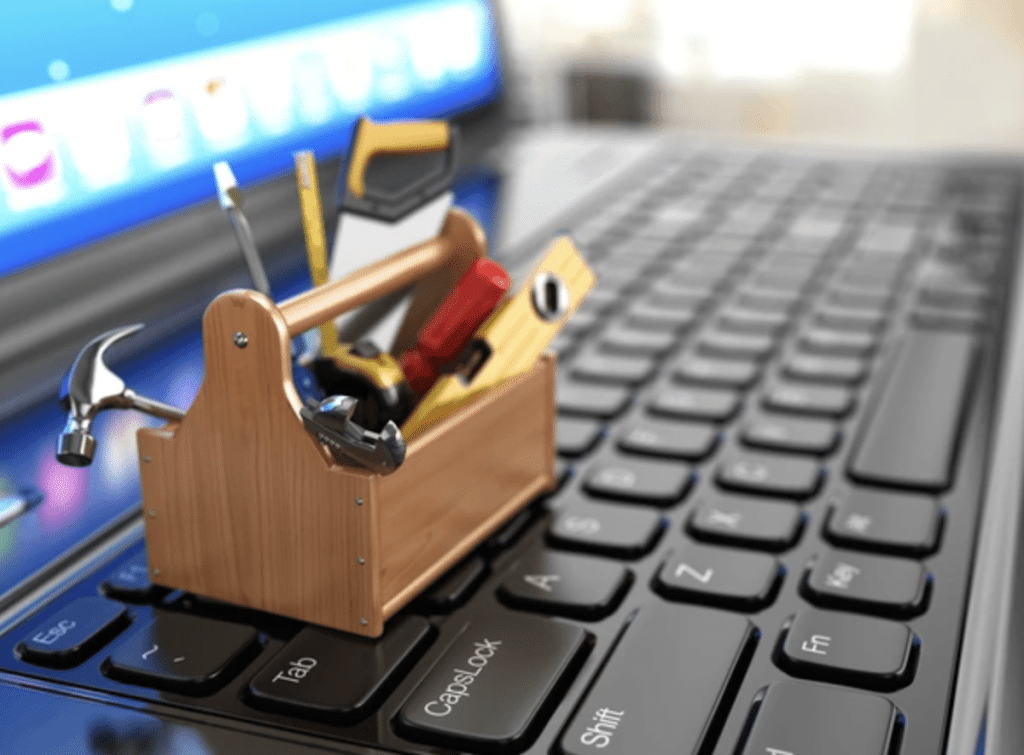Electricians are the unsung heroes behind the flick of a light switch, the hum of appliances, and the uninterrupted flow of electricity in our daily lives. To perform their job efficiently and safely, electricians rely on a diverse array of tools and equipment. In this exploration, we will provide an in-depth look at the tools that are essential to an electrician’s toolbox. We’ll also discuss the evolution of electrical tools over the years, from traditional hand tools to modern diagnostic equipment, and explain how having the right tools is crucial for troubleshooting and ensuring electrical safety.
The Electrician’s Arsenal
Hand Tools
- Screwdrivers: Screwdrivers with various tips, including flathead and Phillips, are indispensable for securing electrical connections.
- Pliers: Pliers come in various types, including needle-nose, lineman’s, and side-cutting pliers. They are used for gripping, twisting, and cutting wires.
- Wire Strippers: These tools allow electricians to remove the insulation from wires safely, exposing the conductive core.
- Wire Cutters: Wire cutters are used to trim wires to the desired length accurately.
- Tape Measure: Precise measurements are crucial in electrical work, making a tape measure an essential tool.
Diagnostic Tools
- Multimeter: A multimeter measures voltage, current, and resistance. It helps diagnose electrical issues and ensures circuits are functioning correctly.
- Voltage Tester: Used to determine whether an electrical circuit is live or de-energized, voltage testers enhance safety.
- Circuit Finder: Circuit finders help locate specific circuits in a breaker panel, streamlining troubleshooting.
Power Tools
- Drill: Electricians use drills for boring holes in walls and surfaces to run wires and install electrical boxes.
- Sawzall: A reciprocating saw, known as a Sawzall, is used for cutting through walls, conduit, and other materials.
- Cordless Tools: Battery-powered drills, saws, and other cordless tools offer mobility and flexibility on job sites.
Safety Equipment
- Safety Glasses: Protecting the eyes from debris and sparks is essential, making safety glasses a must.
- Voltage-Test Gloves: Electricians wear insulated gloves when working with live circuits to prevent electrical shock.
- Hard Hat: In construction and renovation projects, a hard hat shields against falling objects.
Evolution of Electrical Tools
Traditional Hand Tools
Electricians have long relied on traditional hand tools such as pliers, screwdrivers, and wire strippers. These tools remain essential today, providing precision and reliability.
Introduction of Power Tools
The advent of power tools revolutionized the field. Electricians gained access to drills, saws, and other tools that increased productivity and efficiency. Cordless power tools further enhanced mobility.
Diagnostic Advancements
Modern electricians now employ sophisticated diagnostic tools like multimeters and voltage testers. These devices provide accurate readings and simplify complex troubleshooting.
Smart Tools
Emerging technologies have led to the development of smart tools equipped with Bluetooth connectivity and digital interfaces. These tools enhance data collection and analysis, improving efficiency and accuracy.
The Importance of the Right Tools
Safety
The right tools are essential for electrical safety. Insulated tools, voltage testers, and safety equipment protect electricians from hazards like electrical shock and arc flashes.
Efficiency
Efficiency is paramount in electrical work. The right tools allow electricians to work faster and complete projects on schedule, reducing downtime.
Accuracy
Precision is crucial to avoid costly mistakes. Accurate measuring devices and diagnostic tools ensure that electrical systems function correctly.
Compliance
Adherence to local electrical codes and regulations is mandatory. The right tools help electricians meet these standards and ensure compliance.
Frequently Asked Questions (FAQs)
Q1: Can I use regular pliers and screwdrivers for electrical work?
A1: While regular pliers and screwdrivers can be used, it’s safer to use insulated tools designed specifically for electrical work to prevent electrical shock.
Q2: How often should I calibrate my multimeter?
A2: Multimeters should be calibrated regularly, typically once a year, to ensure accurate readings.
Q3: Are smart tools worth the investment for electricians?
A3: Smart tools can streamline data collection and analysis, potentially saving time and reducing errors. Their value depends on the specific needs of the electrician.
Q4: Do I need safety gloves even when working with low-voltage circuits?
A4: Yes, safety gloves are essential when working with any live electrical circuits to prevent electrical shock.
Q5: What should I look for when buying power tools for electrical work?
A5: When buying power tools, consider factors such as power source (corded or cordless), ergonomics, and durability to ensure they meet your specific needs.
Conclusion
Electricians are the backbone of our electrical infrastructure, and their job relies heavily on the tools at their disposal. From traditional hand tools to advanced diagnostic equipment, the evolution of electrical tools has paved the way for increased safety, efficiency, and accuracy in the field. Having the right tools not only ensures that electrical work is performed correctly but also plays a crucial role in protecting the lives of electricians and the integrity of electrical systems. In the dynamic world of electrical work, the tools in an electrician’s toolbox are their trusted allies, enabling them to light up our lives safely and reliably.

